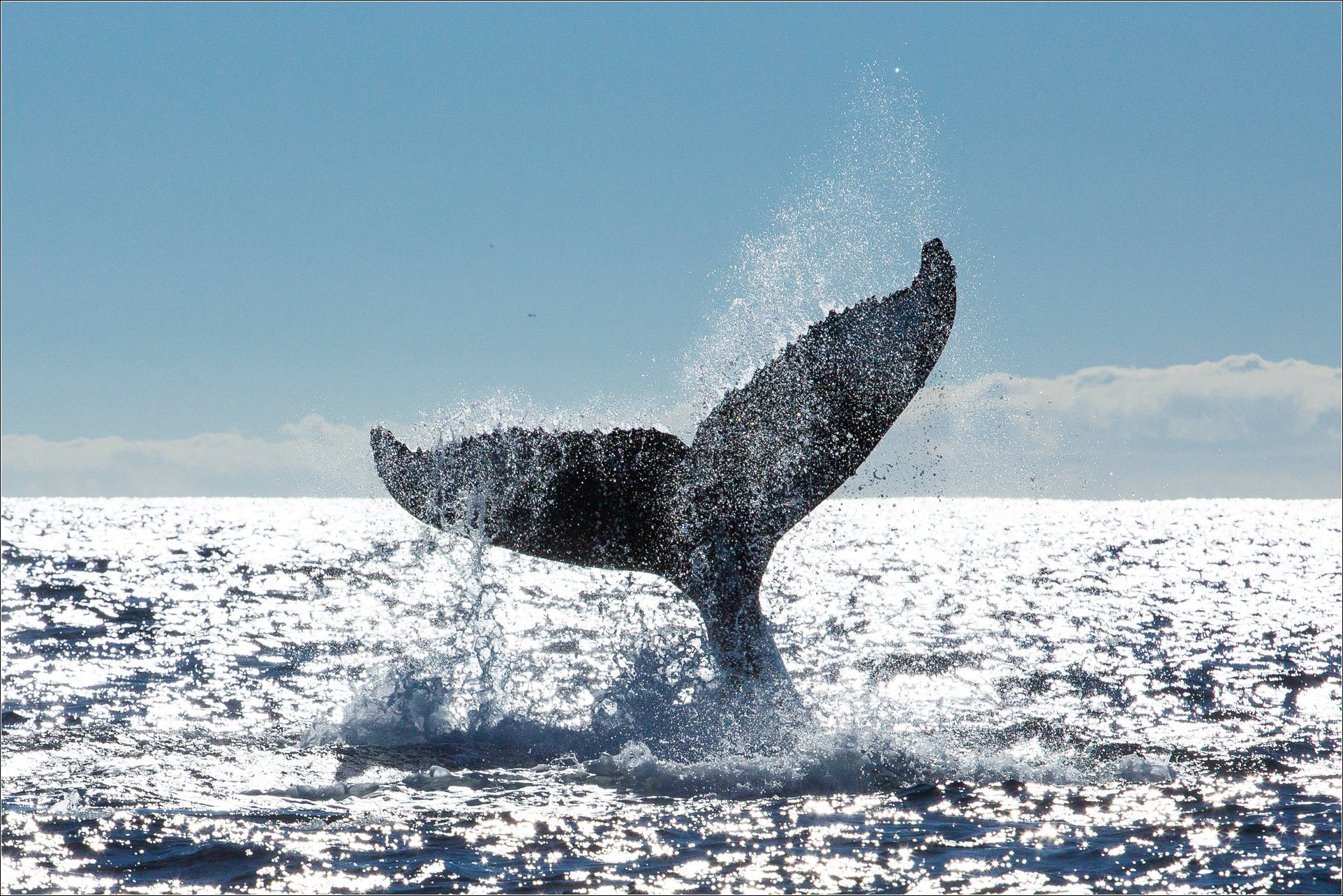The
winter solstice, today, when the sun begins to shine for a longer time each day, was
celebrated in almost all of the cultures of the northern hemisphere. Think of
the many megalithic monuments that serve as calendars to insure the correct
date of the solstice, and think of all the observation and study that went into
the precise building of them. Inquiring minds wanted to know. Picture a tree
growing from the base of the pagan celebrations of the winter solstice. The
rites of the celebrations were many and varied and usually lasted for days. Today’s
winter celebrations are branches of that same tree. They are all holidays -
festivals or celebrations - rather than holy days or solemn commemorations.
It is
generally agreed that Christ was born when the shepherds were abiding in the
fields, watching their flocks at night, so it would have been almost any time
of the year except winter.
Most likely it was the spring, but the proselytizers, the spin-doctors
of the early Christian era, in an effort to attract pagans to their way of worship
and thinking, cleverly placed the celebrations of their major and most
attractive events to coincide with those of the solar calendar. The spring
equinox became Easter, and the winter solstice Christmas.
The winter event was
celebrated as Saturnalia in Rome, Yule by the Germanic people, as Lenaea, the
Festival of Wild Women, in Greece, and under many other names by people such as
the Druids, the Buddhists, and the natives of our own southwest. Until the more
modern spin doctors of the eighteenth century elevated it again and made it
more lucrative, Christmas was celebrated as a very minor holiday; Easter was
the major holy day. In some places, such as Cromwell’s Puritan England of the
1700’s, the celebration of Christmas was banned. Many Christian sects still do
not celebrate it.

There is more real history associated with Hanukkah, the Festival
of Lights, than with Christmas. Starting on 25 Kislev, a date on the Hebrew
calendar, Hanukkah, in its modern spelling, is an eight day festival
commemorating an event in 165 BCE. On that day, the Maccabees drove the army of
Antiochus IV, king of the Syrians, from the Temple in Jerusalem. In
celebration, they rededicated the Temple and lit the eternal flame. They had
only one day’s supply of consecrated oil, but it lasted for the eight days it
took to prepare and consecrate a new supply. This miracle became a good reason
for a winter celebration, and, minor though it was then, it was a good antidote
to the Greek festival celebrating Zeus. Yes,
it too was a minor holiday, but in the last century it came into prominence
perhaps as another antidote - this time to all the Christmas hoopla.
Most winter symbols transcend religion. Greens, especially
evergreens as boughs or wreaths in the north, were always a part of the
solstice celebrations. Many rural homes shared their living space with the
livestock. In many homes the windows
were for light, not air, so in northern climates the unglazed windows were
covered over in winter. It was customary, probably downright necessary, to
bring fresh-cut evergreens into the homes to freshen the air during the winter
months. Candles too are part of the winter celebrations. Whether the eight on a
menorah or the multitude on a Christmas tree, real candles or electric, they
represent the light and joy of the season.
However
you celebrate the coming of Winter, I wish you and your family a meaningful and
happy Christmas and Hanukkah – and in many of our homes it is both.





































